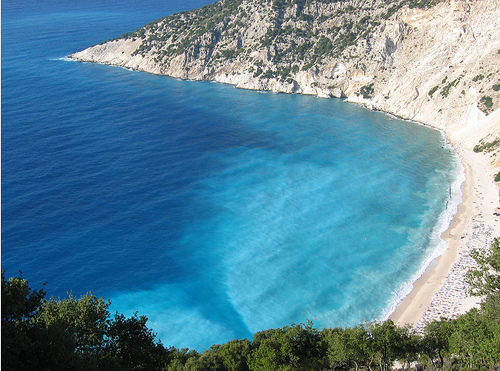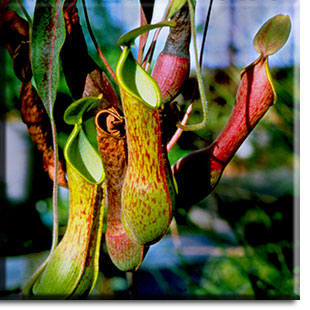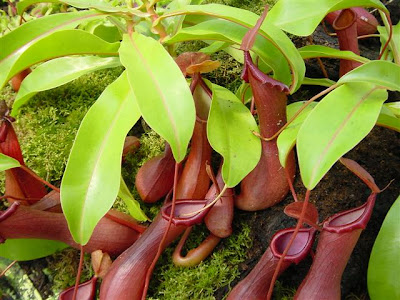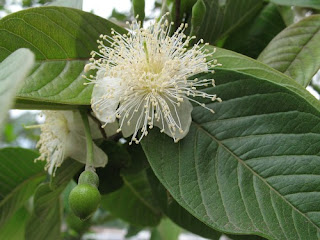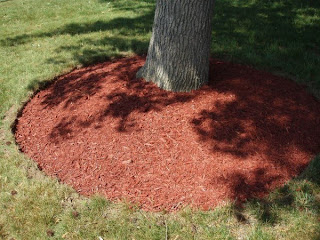Searching for a great last minuet cheap package holidays deal? Why not check out the Island of Greece with night life, long sandy stretch beaches, glorious sunshine and culture a plenty. There are plenty of Greek package holidays to choose from, and here are some Greek destinations that travel experts proclaim are the most recommended for travelers to seek out if they want to see some of the most beautiful landscapes in Greece and have a great time.
Kefalonia Geography
Kefalonia is a beautiful Ionian Island in the Western Greece, popularised most recently by Louis De Berniéres portrayal of his picturesque Kefalonian village in his best selling Captain Corelli’s Mandolin. The island is densely covered in vegetation and has a wonderfully diverse range of diverse natural beauty. Its beaches, particularly are known for their beauty, and Myrtos Beach has recently been ranked fifth in the world, making it a major tourist attraction.
For those interested in history, The Argostoli Archaeological Museum is well worth a visit, showcasing a plethora of artefacts ranging from the Neolithic to the Hellenistic period, this museum has informative and easy to digest information. For something a little bit different, the Historic and Folklore Museum in Korgialenio houses exhibitions of utilitarian and military objects that serve to illustrate the island’s cultural history. For those more geologically inclined, the Natural History Museum in Daugata exhibits a wide range of flora, fauna and fossils.
There are a number of beaches on Kefalonia which are inaccessible by land but worth seeing nonetheless. Hiring a boat for the day will mean that you can take advantage of the solitude of these idyllic spots. Swimming and Scuba Diving near these coves and caves are also hugely popular pastimes.
Myrtos Beach
Myrtos Beach is one of the most dramatic on the largest of the Ionian Greek islands. It is located about twenty miles north of the capital city of Argostoli near the charming little town of Assos. Like Porto Katsiki Beach on nearby Lefkada, Myrtos Beach Kefalonia is set at the foot of high, steep cliffs in a deep and wide bay. Before descending the cliffs to the beach below, it is worth spending some time savoring the spectacular views from above. Myrtos Beach holidays take advantage of one of the most scenic and photographed spots in all the islands.
Myrtos Beach has a number of services, including shopping, cafés, and tavernas, and you can rent sun beds and umbrellas. There is little shade here, so an umbrella or sunscreen is important. When you settle yourself on the fine white sand, you should take some care on either end of the beach. The cliffs are quite close to the water in these two areas, and there is a danger of falling rocks—that's why you will see fewer people in those two places. The beach is very wide in the center, so that portion of the beach is quite safe. Wind and waves pick up in the afternoon, so this is when to go if you want your Myrtos Beach holidays to include windsurfing. The best transportation to get here is a car or motor scooter rental. The road is twisting and steep, and those with walking issues may wish to choose a more accessible beach where you don't have to walk down steps carved into the cliffs. You can also book day trips to Myrtos Beach Kefalonia by boat from many of the towns and villages along the coast.
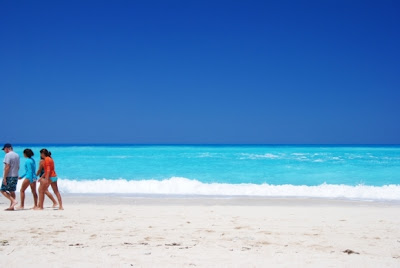
There are few Myrtos Beach hotels right at the beach. Although you can find some nice apartments and residences in Assos, most visitors enjoying Myrtos Beach holidays will choose accommodation in the resort town of Agia Efemia, which is located on the opposite (eastern) side of the island about five miles away. Most of these are two- and three-star studios and apartments, making this a very popular place for family vacations. A couple miles south of Agia Efemia is the port town of Sami, where Greece ferries from other islands (as well as the city of Brindisi in Italy) dock. Here you will find the only five-star property on the island, the Ionian Emerald Resort. It's actually in the nearby village of Karavomylos, and offers a café, restaurant, bar, full-service spa and fitness center, and children's play facilities. The distance from here to Myrtos Beach is only nine miles.
Things to do around Myrtos Beach Kefalonia include sightseeing in the charming villages, which boast numerous old churches and monasteries. Near Assos in Fiskardo are the ruins of an old Venetian palace, and the coast has a number of caves that were used in ancient times. There are many other beautiful beaches, including some that are nesting sites for the rare loggerhead and green sea turtle. The Archaeological Museum in Argostoli is excellent, and you will find wonderful traditional Greek tavernas and dining spots in most of the larger towns and villages.
The beautiful beach at Myrtos Bay, on the Ionian island of Kefalonia, is known as Myrtos and is backed by steep limestone cliffs.
Why go?
Myrtos is often lauded as one of the most dramatic beaches in Greece with its mile-and-a-half long arc of dazzling white pebbles that cuts deep into a sheer cliff on the island’s northwest coast. Film buffs will recognise it as the location for the mine explosion in Captain Corelli’s Mandolin and the first time you catch sight of it from the coast road high above is truly memorable.
What is there to do?
Unless you can handle the sun all day, this is a great spot to come in the late afternoon for a glorious Ionian sunset. Despite its popularity, the beach has been kept free of watersports, so swimming is the only exercise available.
Bars and bites
A local ordinance banning permanent structures means only the odd mobile canteen is tucked at the back of the beach. Traditional Greek meals, washed down with the excellent local Robola wine, are available three miles uphill at the simple Klima grill or Alexandros taverna in Divarata village. You’ll have to head into to the capital Argostoli for nightlife options.
Getting there
The nearest you can get by public transport is the top of the winding three-mile approach road on any bus bound for Assos or Fiskardo. Consequently, a hired vehicle or stout legs are the way to go. Kefalonia has daily flights from Athens and several weekly services from the UK, while ferries leave from Patra and Kyllini on the mainland.
















